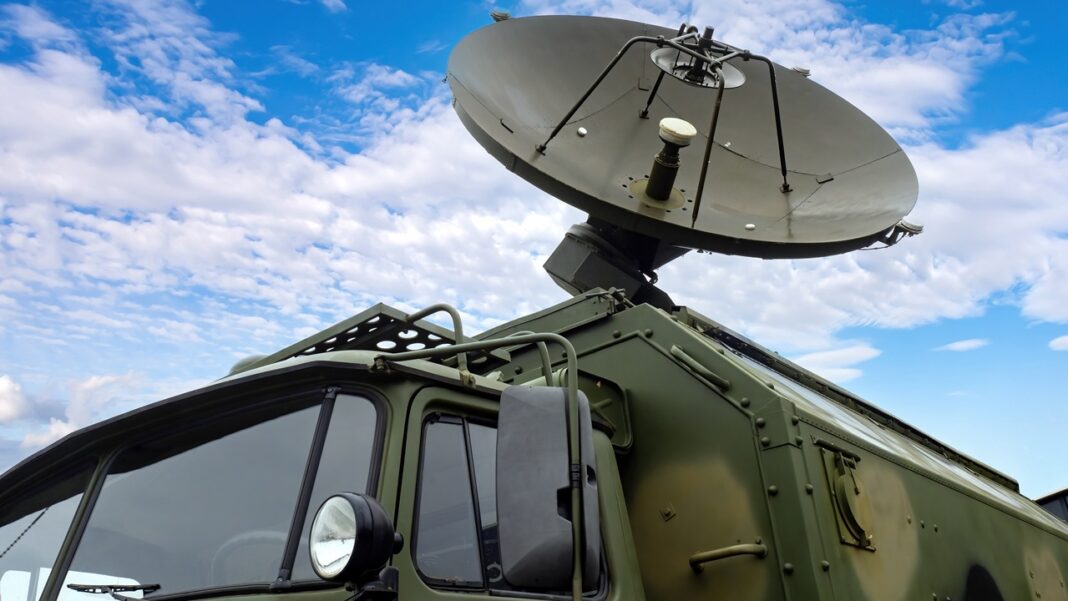For many years, the United States has been proud of its stealth warplanes like the F-35. These planes are designed to sneak past enemy radars without being seen.
America’s Stealth Advantage Is Losing Its Power
This ability to stay hidden lets the U.S. strike anywhere at any time. Since the 1980s, stealth technology has been the secret weapon that gave America an edge over other countries.
The idea was simple: if enemy radars can’t see the plane, they can’t stop it. This kept America safe and its rivals worried. The Pentagon spent billions to develop and improve stealth warplanes that seemed almost invisible in the sky.
But things are changing.
In the past few decades, some countries like China and Russia have been working hard to break this stealth advantage. They are building new radars and weapons to detect planes that were once thought to be impossible to spot. These new systems could make American stealth planes much easier to find — and that is a big problem for the U.S. military.
How Stealth Planes Were First Detected in Battle
The first major surprise happened in 1999, during a war in the Balkans. An American stealth bomber called the F-117 Nighthawk was shot down over Serbia. This was shocking because the F-117 was considered one of the most advanced stealth planes in the world at that time — just like today’s F-35 fighter jets.
The plane was supposed to be nearly invisible to radar, but Serbian soldiers found a clever way to detect it. They used old Soviet radar systems but adjusted them in a special way. The key was using a type of radar called Very High Frequency (VHF), which operates on long wavelengths. These same radar techniques are now being adapted by countries like China and Russia to detect newer stealth aircraft, including the F-35.
Normally, stealth planes are designed to avoid radar frequencies used by most tracking systems. But the Serbians discovered that by using VHF radars at their lowest frequencies and widest settings, they could detect the stealth plane from about 15 miles away. That’s not very far, but it was enough to target the plane — a tactic that could potentially threaten the F-35 in modern battle zones.
The F-117 pilot also opened the plane’s bomb bay doors to drop bombs, which made the plane more visible to radar. The Serbian surface-to-air missile system then locked onto the plane and fired two missiles, hitting and destroying the stealth bomber. This event raised concerns about whether future stealth jets like the F-35 could face similar risks when vulnerable during combat operations.
This event showed that even low-tech solutions could challenge advanced stealth aircraft. The success was partly luck and partly smart use of radar technology. It was a wake-up call that stealth, even in aircraft as advanced as the F-35, is not perfect.
New Radar Technologies from China and Russia
China and Russia have improved their use of VHF radar to better detect stealth planes like the F-35.
Russia’s Nebo-M radar combines different frequencies (VHF, UHF, and L band) to spot stealth aircraft from various angles. It can detect an F-35 approaching head-on. Another Russian system, the Rezonans-NE radar, can track even larger stealth bombers like the B-2 Spirit. These radars are part of a bigger network that shares information to spot stealth planes more reliably.
China’s JY-27A radar is an advanced VHF system using electronically scanned array technology. It can detect stealth planes from farther away and is modular, so it can be moved easily to places like the Taiwan Strait. China has also deployed the Synthetic Impulse and Aperture Radar (SIAR) on man-made islands in the South China Sea. This system uses special signals to make medium-altitude stealth planes easier to detect.
These radar systems work together with detection planes and satellites, creating a layered defense that tracks stealth planes even when they try to hide.
Recent Incidents Show the Growing Threat
The danger of these new radar systems was shown again recently over Yemen. The United States Navy has been fighting Iranian-backed Houthi rebels there for years. These rebels have received advanced weapons and support from countries like Iran, Russia, and China.
Reports say that the Houthis nearly shot down an American F-35 stealth fighter over Yemen. Although details are still unclear, it is believed that the rebels used tactics and technology similar to what the Serbians used in 1999 — involving VHF radars and careful planning to find and target the stealth plane.
This incident shows that even non-state groups can access technology that challenges U.S. stealth advantages. It also proves that China and Russia’s efforts to develop advanced radars have real effects on modern battlefields.
These facts show a clear trend: China and Russia have made significant progress in developing radar and missile systems that can detect and threaten American stealth fighters like the F-35. The once-hidden U.S. warplanes are becoming easier to track, marking a shift in modern warfare.

